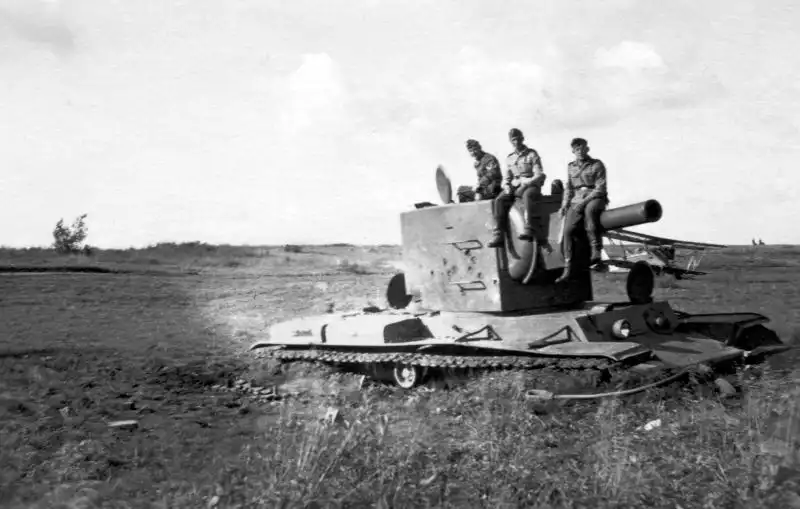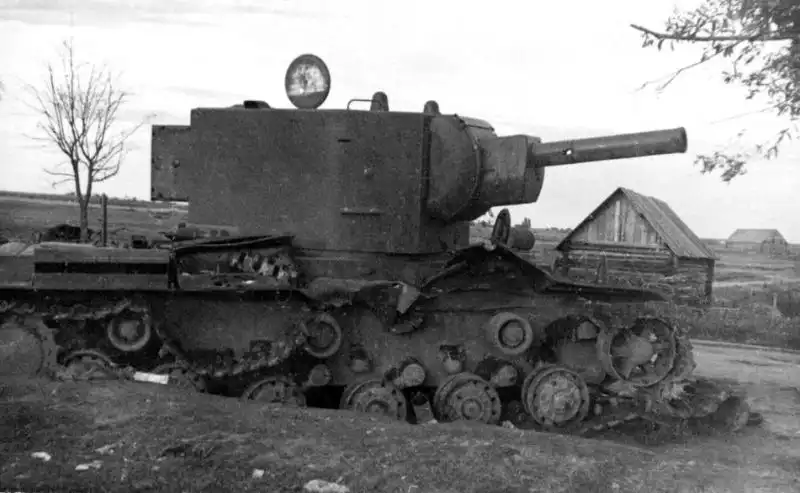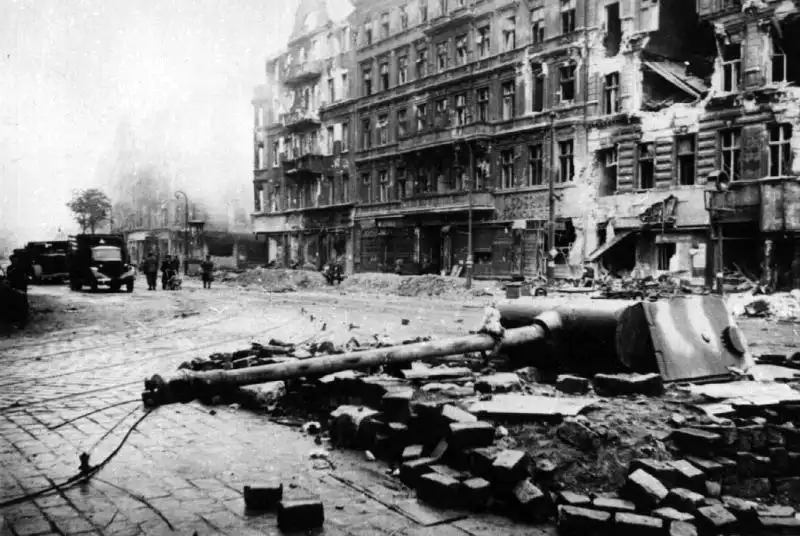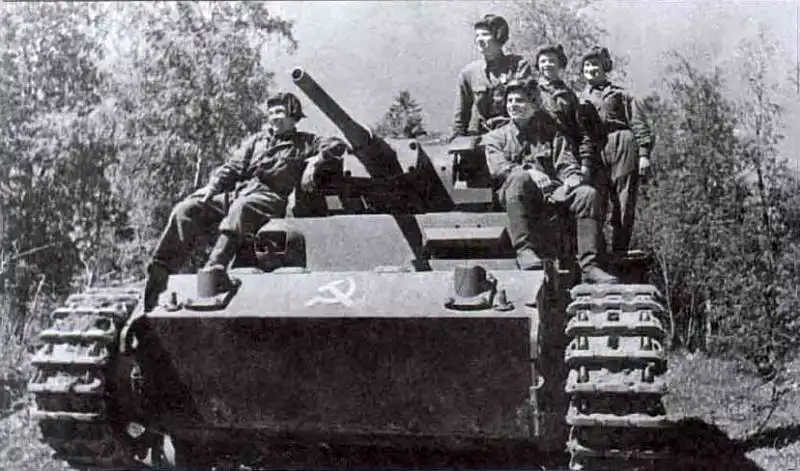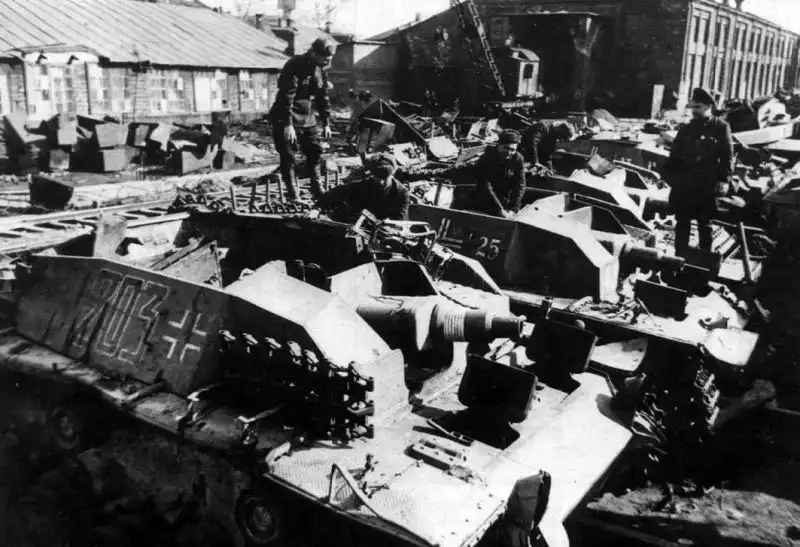Thunder of the D-1: Soviet 152mm Howitzers Strike German Lines in Belarus, 1944
June 17, 2025 - Reading time: 4 minutes
Soviet 152-mm D-1 howitzers of the 110th Howitzer Regiment shell German positions during Operation Bagration. In the foreground: Lt. Vyacheslav S. Tsarapkin, commander of a firing platoon.

Summer 1944. Belarus. The ground trembles as 152-mm D-1 howitzers unleash a storm of steel across the German lines. This image captures a battery from the 110th Howitzer Artillery Regiment in action during Operation Bagration, the Soviet campaign to liberate Belarus and annihilate the Wehrmacht's Army Group Centre.
In the foreground stands Lieutenant Vyacheslav Sergeyevich Tsarapkin, commander of the firing platoon of Battery No. 1, focused, steady, and young — born in 1924. He directs fire with precision, commanding weapons capable of flattening bunkers and obliterating entrenched enemy troops. The howitzers themselves — model D-1, introduced in 1943 — were among the most formidable pieces of Soviet artillery in WWII, combining raw power with remarkable mobility for their size.
The 49th Army, to which this unit belonged, was pushing hard toward Mogilev, cracking German lines wide open. And it was guns like these that made the advance possible — smashing strongpoints, counter-battery positions, and resistance nests.
The photo was taken by renowned war photographer Emmanuil Yevzerikhin, whose lens often found the human face behind industrial war. Here, in the form of a young officer commanding death-dealing fire, that face is etched into history.
📷 Technical photo data:
📸 Photographer: Emmanuil Yevzerikhin
🌐 Sources:
— goskatalog.ru
— pamyat-naroda.ru
— V.S. Tsarapkin, The Lieutenant Keeps Fighting, Sergiev Posad, 1998
📅 Date: July 1944
📍 Location: Belarus, USSR
-
"Soviet D-1 howitzers WWII photos"
-
"Battle for Belarus artillery photos"
-
"Operation Bagration Soviet artillery"
Tags
Category
Search
Categories
- Unidentified WWII Photos (12)
- World War II Photos 1937 (1)
- World War II Photos 1938 (1)
- World War II Photos 1939 (3)
- World War II Photos 1940 (5)
- World War II Photos 1941 (93)
- World War II Photos 1942 (53)
- World War II Photos 1943 (47)
- World War II Photos 1944 (76)
- World War II Photos 1945 (40)
- WWII and Postwar Photos 1946 (1)
